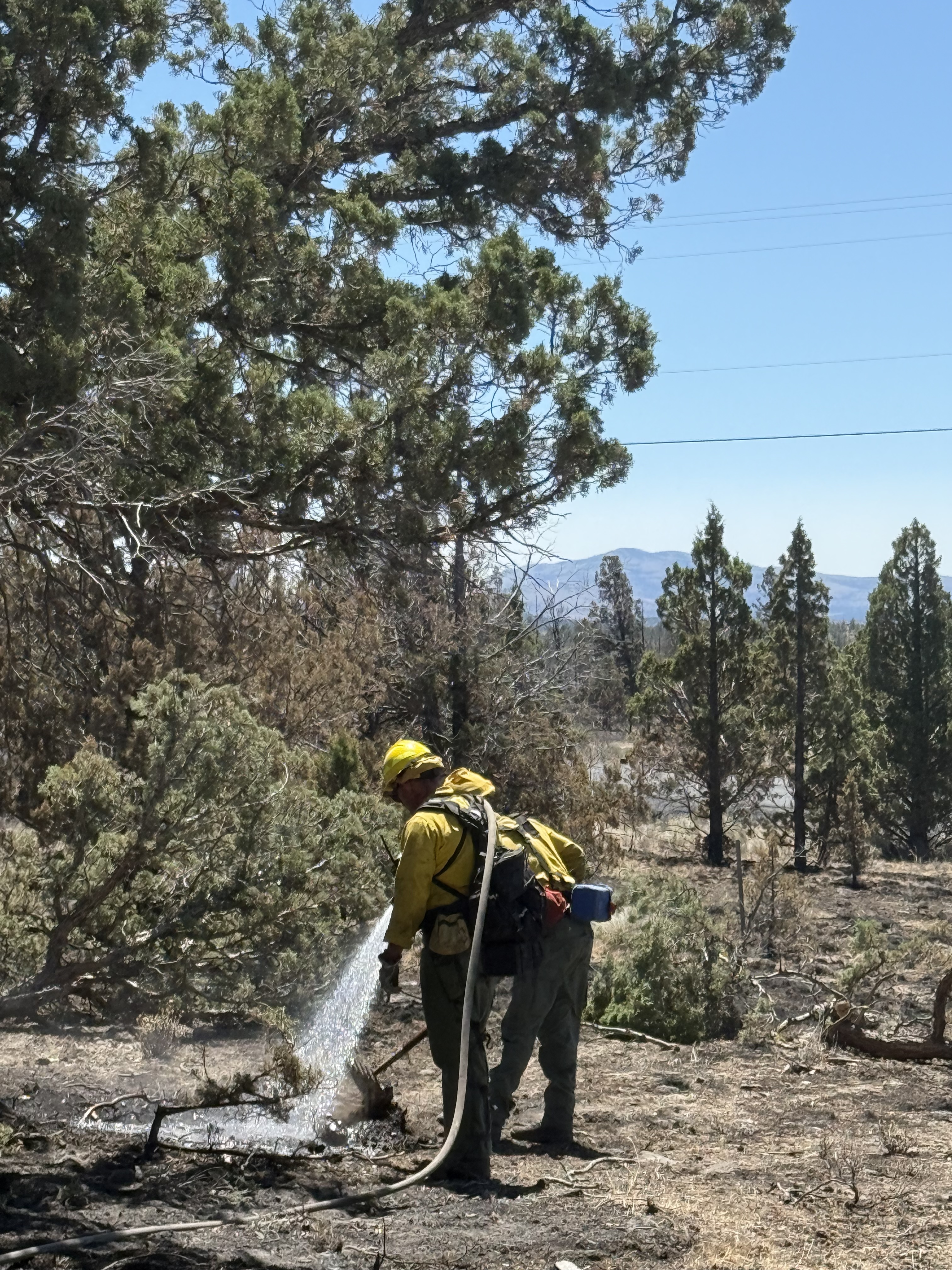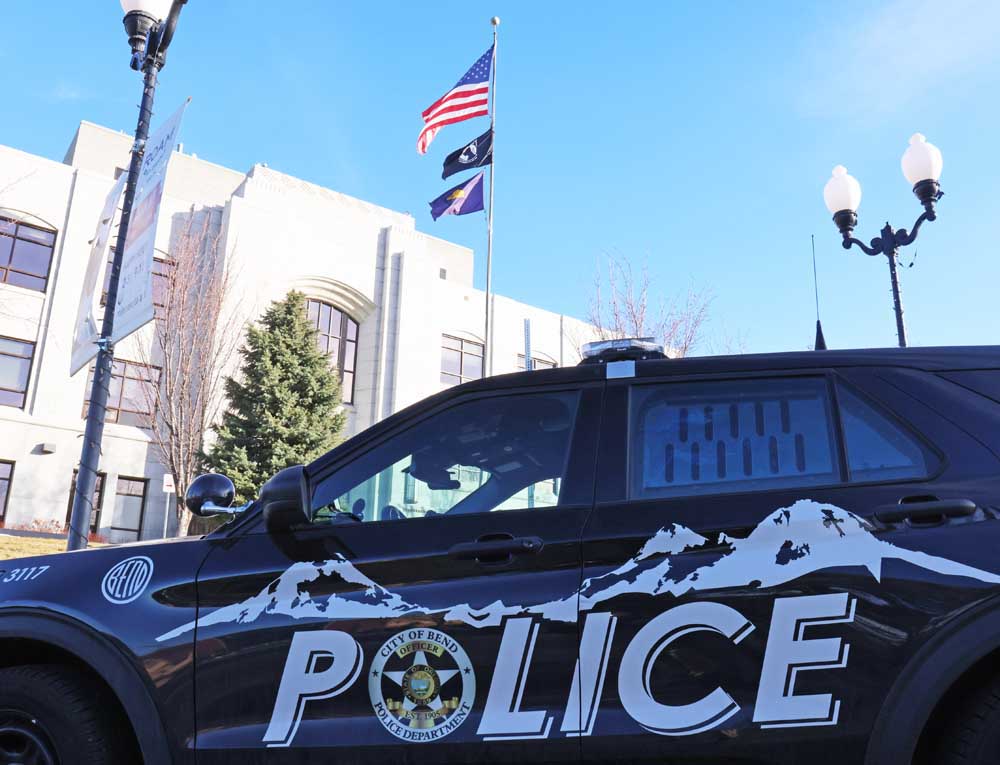Hunting in British Columbia
Published 4:00 am Thursday, December 15, 2011

- Hunting in Central Oregon
The tops of the foothills floated like islands in the fog. A lonesome howl drifted up through the trees. At 6,500 feet above sea level, in British Columbia’s southern Chilcotin range, the snow lay 18 inches deep, crusted with yesterday’s thaw.
Long before first light, breakfast was on the table. Around the room sat hunters and guides from the United Kingdom, France, Germany, Sweden, Finland, Manitoba, Virginia, Montana and Oregon — a United Nations of sportsmen. At the door we wished each other good luck in culturally approved ways. It turns out that to tell a Swedish hunter good luck is like telling them to have bad luck. Instead, you wish them bad luck.
Trending
Henrik and Marcus had come to Canada to learn more about wolves. The predators, Henrik said, had been illegally introduced in Sweden and they were not allowed to hunt them. It sounded like we had similar debates an ocean away. Photographer Sam Pyke, of Sisters, wished Henrik “bad luck” on his second day and he connected on his first game from North America, a coyote that prowled the river bank.
In 1858, gold-seekers from California flooded into the valley of the Fraser and pushed up the tributaries. Yellow metal was discovered on the Bridge River. To feed the men in the camps, hunters pushed west along the Indian trails to hunt goats, sheep, elk, moose, bear and mule deer in the mountains that tower steep above the river.
Through Cache Creek and Lillooet, headed toward Gold Bridge and Bralorne, we found ourselves on a road little changed since horse and buggy days. We passed avalanche chute after avalanche chute along the river canyon where crews keep constant vigil to keep boulders and debris out of the road.
We were hunting with BC Trophy Mountain Outfitters’ guide Todd Christie, a veteran of 16 seasons among these peaks.
In November and December, mule deer move down out of the coastal mountains to spend the winter at lower elevations in the southern Chilcotin range. The annual migration allows hunters a unique chance at trophy mule deer bucks for 10 days in the breeding season. A hunter must hold out for a buck with at least four points per side.
We followed a deer trail uphill through deep, crusted snow. The deer had pawed through the crust to get at the leaves and the stems of the buck brush. We found wolf tracks along the crests of the ridges and it appeared that the deer had moved out ahead of them. We ended the first day with eight deer seen, no bucks among them.
Trending
Virginia’s Bruce and Jesse, hunting with their guide Andreas, crossed paths with a six-by-six mule deer, right before dark. Bruce saw it first and the buck, distracted by a doe, gave him a good shot. We admired the buck on the tailgate of Andreas’ truck.
Every day dawned colder than the last. We moved canyon to canyon, each step attended by the crunch of the snow beneath our boots. It was impossible to sneak up on deer. Instead, we hoped to catch them napping, or sat and watched as they filtered into canyons.
One day we spotted 25, including several two- and three-point bucks and one that might have been big enough. I scrambled up a bank to get a rest on a burnt-out pine and saw him flash up through the timber before I could get a good look.
On the last day of the season, we followed fresh wolf tracks and located a herd of deer bedded on a hill. We looked at each in turn, then spotted the prize, a buck bedded a little apart from the group in a thicket of blackened lodgepole pine.
Todd and I counted points as the buck turned his head side to side. He hadn’t seen us, but he had been alerted by the does standing to their feet. My 10-power Alpen Rainiers told the tale: deep forks in front, forks in back, with antlers as wide as his ears. He stood, then turned and drifted like smoke through the trees.
In the last half hour, Todd spotted a cow moose and then on the same slope, a buck and a doe. The buck walked along the crest and looked back through the trees. We thought it was a four-point, the biggest buck we had seen, but we couldn’t be sure enough to shoot in the failing light.
Our morning plane would rise up from the runway in a few short hours. Snow was falling. If we spent the next hours hauling and cutting meat, there was a good chance we would miss our plane. My youngest daughter had a Christmas concert the next evening. I would miss that if I squeezed the trigger. I like to think he wasn’t the biggest mule deer I’ve ever looked at through a rifle scope.
But he was close.








